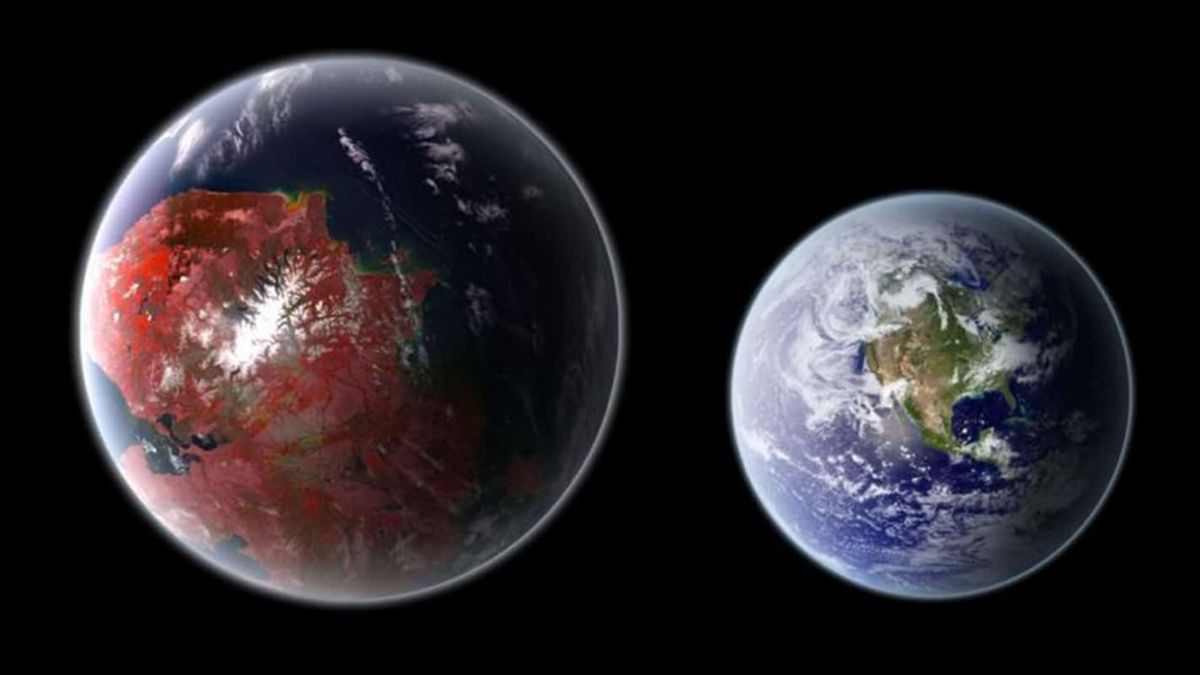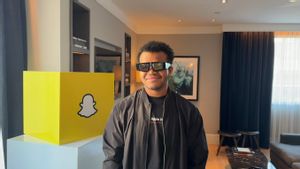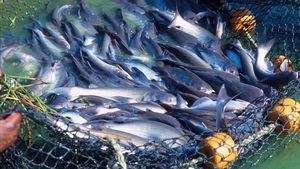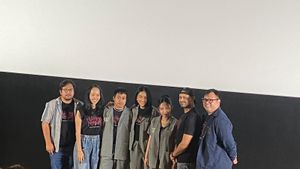JAKARTA – Astronomers are increasingly looking for habitable planets. After analyzing exoplanets, they are reported to have found a planet whose conditions are similar to Earth.
Launching Slashgear, astronomers observed the necessary conditions for oxygen-based photosynthesis (oxygenic photosynthesis) to help humans thrive on the planet.
Astronomers continue to research various planets that are potentially habitable for humans. They say the Earth-like planet is in the habitable zone. So far, they have identified several rocky and potentially habitable planets in the Milky Way galaxy.
However, recent research reveals that theoretically neither of these planets has the conditions to sustain an Earth-like biosphere from oxygenic photosynthesis.
For information, oxygenic photosynthesis is a mechanism that plants use to convert light and carbon dioxide into oxygen and nutrients on Earth.
Astronomers have only found one planet outside the solar system that has the potential to support Earth-like life, namely Kepler-442b. The planet has twice the mass of Earth. Kepler-442b also orbits its parent star like the Sun.
The distance from Earth to the planet Kepler-442b is about 1200 light years. Astronomers examine in detail the energy received by Kepler-442b from its parent star. They also observed whether living organisms could produce nutrients and molecular oxygen. Both are essential elements to sustain life.
The researchers revealed that stars around the temperature of the Sun cannot maintain a biosphere like Earth's. Because the planet does not have enough energy to sustain life.
Oxygenic photosynthesis is still possible on planets orbiting stars. But the planets cannot maintain sufficient biosphere. The research team also revealed that planets orbiting red dwarf stars cannot receive enough energy to support active photosynthesis.
The research team revealed that a star hotter than the sun would emit up to 10 times more radiation than needed for photosynthesis. The researchers explain that planets with Earth-like conditions may be rarer than previously believed.
The English, Chinese, Japanese, Arabic, and French versions are automatically generated by the AI. So there may still be inaccuracies in translating, please always see Indonesian as our main language. (system supported by DigitalSiber.id)









